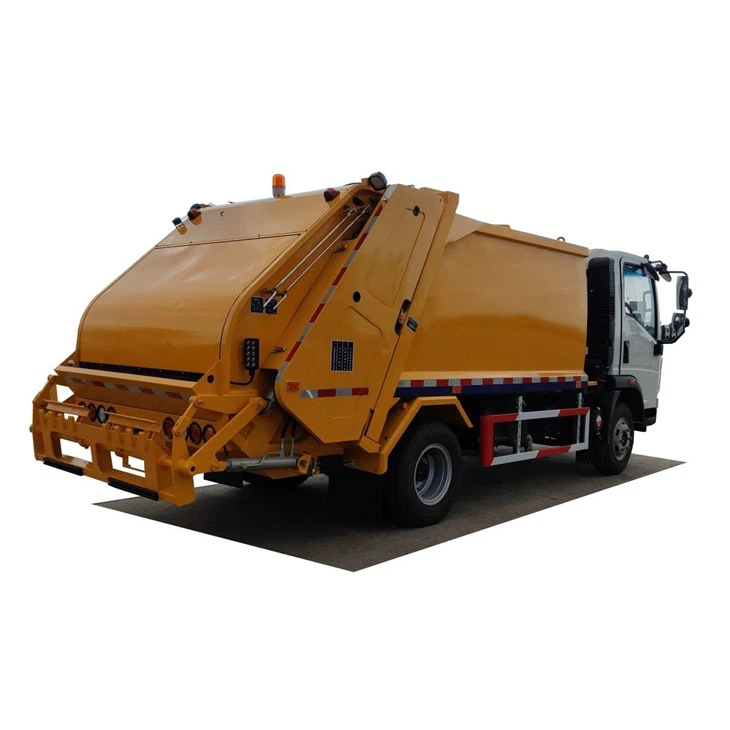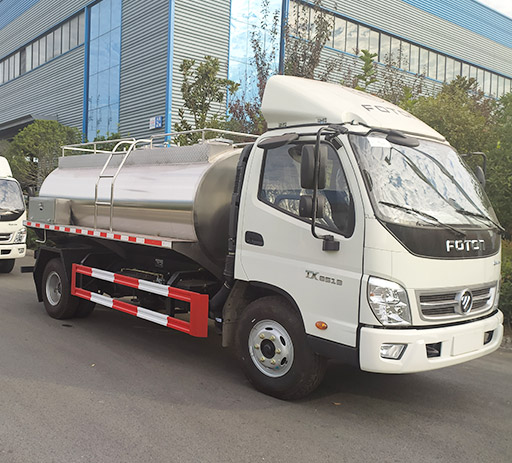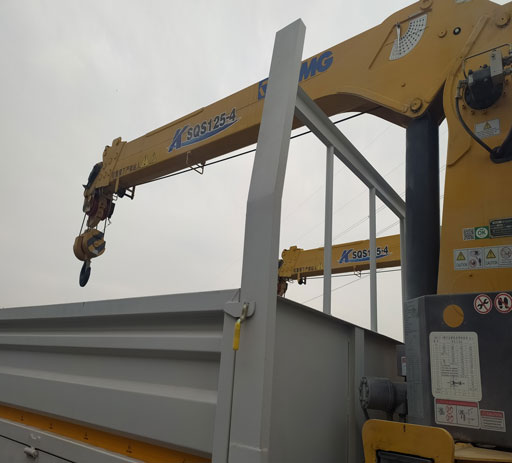Exploring the Different Kinds of Fire Trucks

Fire trucks are crucial to emergency services, playing a pivotal role in saving lives and property during fires and other emergencies. Understanding the various types of fire trucks can help in recognizing their unique functions and features. In this article, we will delve into the different kinds of fire trucks, their functionalities, and some practical insights related to each type.
1. What Are Fire Trucks?
Fire trucks are specialized vehicles designed to transport firefighters and their equipment to the scene of an emergency. They are equipped with a variety of tools and technology that aid in firefighting, rescue operations, and medical emergencies. Fire trucks come in various designs and configurations, tailored to meet the specific needs of different types of emergencies.
2. Types of Fire Trucks
There are several types of fire trucks, each designed for specific roles in firefighting and rescue operations. Here are the predominant types:
2.1. Pumper Trucks
Pumper trucks, often referred to simply as fire engines, are the most common type of fire truck. They are designed to pump water and carry firefighters, hoses, and equipment needed for firefighting.
- Features: Large water tanks, attached pumps, various hoses, and compartments for storage.
- Use: Primarily used in urban firefighting, where a quick response is crucial.
2.2. Ladder Trucks
Ladder trucks are equipped with extendable ladders that allow firefighters to reach high places, making them essential for combating fires in multi-story buildings.
- Features: Aerial ladder, stabilizing outriggers, and storage for secondary equipment.
- Use: Often utilized in urban areas with high-rise buildings.
2.3. Tanker Trucks
Tanker trucks are designed to transport large quantities of water to areas that may not have immediate access to hydrants.

- Features: Large water tanks, pumps, and hoses, sometimes equipped with foam systems.
- Use: Commonly used in rural areas or regions with limited water supply.
2.4. Brush Trucks
Brush trucks are smaller, more versatile vehicles designed for fighting wildfires, particularly in outdoor settings.
- Features: Off-road capabilities, smaller water tanks, and various tools for fire suppression.
- Use: Primarily used in forested and rural areas during wildfire seasons.
2.5. Rescue Trucks
Rescue trucks are equipped with specialized tools and equipment for rescue operations, including extrication tools for vehicle accidents.
- Features: Equipment such as hydraulic rescue tools, a variety of medical supplies, and lighting equipment.
- Use: Employed in various emergency situations beyond just fires, including vehicle accidents and natural disasters.
2.6. Aerial Trucks
Aerial trucks, similar to ladder trucks, are equipped with a large platform and an aerial device that can extend to high altitudes for rescue and firefighting from above.
- Features: Aerial platform, multiple stabilization systems, and storage for firefighting gear.
- Use: Used in high-rise firefighting, rescue operations, and aerial observation.
3. Special Purpose Fire Trucks
In addition to the common types of fire trucks, there are specialized vehicles for specific environments and types of emergencies.
3.1. Foam Trucks
Foam trucks are designed for fighting flammable liquid fires, such as oil fires.
- Features: Foam tanks, high-capacity pumps, and hoses specifically for foam application.
- Use: Commonly utilized at airports and in industrial areas dealing with hazardous materials.
3.2. Hazardous Materials (Hazmat) Trucks
These trucks are equipped to handle incidents involving hazardous materials, ensuring the safety of both responders and the public.
- Features: Containment equipment, personal protective gear, and specialized tools for hazardous material handling.
- Use: Deployed when there is a risk of chemical spills or unsafe materials.
3.3. Water Rescue Vehicles
Water rescue vehicles are designed for operations involving water rescues in floods or aquatic emergencies.

- Features: Inflatable rescue boats, diving equipment, and compartments for additional rescue gear.
- Use: Essential in flood-prone areas or for swift water rescues.
4. Fire Truck Components and Equipment
Each type of fire truck is equipped with various components tailored to its function.
4.1. Pumps
Pumps are critical in transferring water from the truck to the fire, allowing firefighters to combat flames effectively.
4.2. Hose Reels
Most fire trucks are equipped with hose reels that allow for quick deployment of hoses during emergencies.
4.3. Storage Compartments
Fire trucks have multiple compartments for storing equipment, tools, and gear, ensuring readiness for various scenarios.
5. Factors Influencing Fire Truck Selection
Choosing the right fire truck for a specific scenario depends on various factors, including:
- Type of Emergency: Different emergencies require different equipment.
- Location: Urban versus rural settings may influence fire truck specifications.
- Water Supply Availability: Areas with limited hydrants may necessitate tanker trucks.
6. Maintenance and Safety Practices for Fire Trucks

Regular maintenance is crucial to ensure that fire trucks are ready for emergencies. Some best practices include:
- Routine Inspections: Monthly checks of pumps, hoses, and storage equipment.
- Annual Maintenance: Comprehensive inspections and service work each year.
- Training Firefighters: Ensuring all personnel are well-trained in using the fire truck equipment.
7. The Future of Fire Trucks
The evolution of fire trucks is ongoing, driven by technology and changing firefighting needs. Innovations such as electric fire engines and advanced firefighting drones are examples of future advancements in fire service technology.
8. Fire Truck Operation Tips
For firefighters and emergency responders, the effective operation of fire trucks is essential. Here are some operational tips:
- Know Your Equipment: Familiarize yourself with all tools and their locations.
- Practice Team Communication: Clear communication among team members enhances safety.
- Conduct Regular Drills: Regular practice ensures readiness and efficiency in emergencies.
9. Frequently Asked Questions (FAQs)
9.1. What is the most common type of fire truck?
The most common type of fire truck is the pumper truck, used primarily for water supply and firefighting gear transportation.
9.2. How often are fire trucks maintained?
Fire trucks should be inspected monthly and undergo comprehensive maintenance annually to ensure functionality.
9.3. What makes a ladder truck different from a pumper truck?
Ladder trucks are specifically designed to reach high areas, equipped with extendable ladders, whereas pumper trucks focus on water supply and firefighting tools.
9.4. Are there fire trucks designed for hazardous material incidents?
Yes, hazardous materials (Hazmat) trucks are equipped to deal with incidents involving dangerous substances.
9.5. Can fire trucks operate on rough terrain?
Brush trucks are specifically designed to operate on rough terrain, making them suitable for wildfires and difficult environments.
9.6. How has technology impacted modern fire trucks?
Modern fire trucks now incorporate advanced technology, including automated systems, improved water pumps, and even drones for aerial support, enhancing firefighting efficiency.
